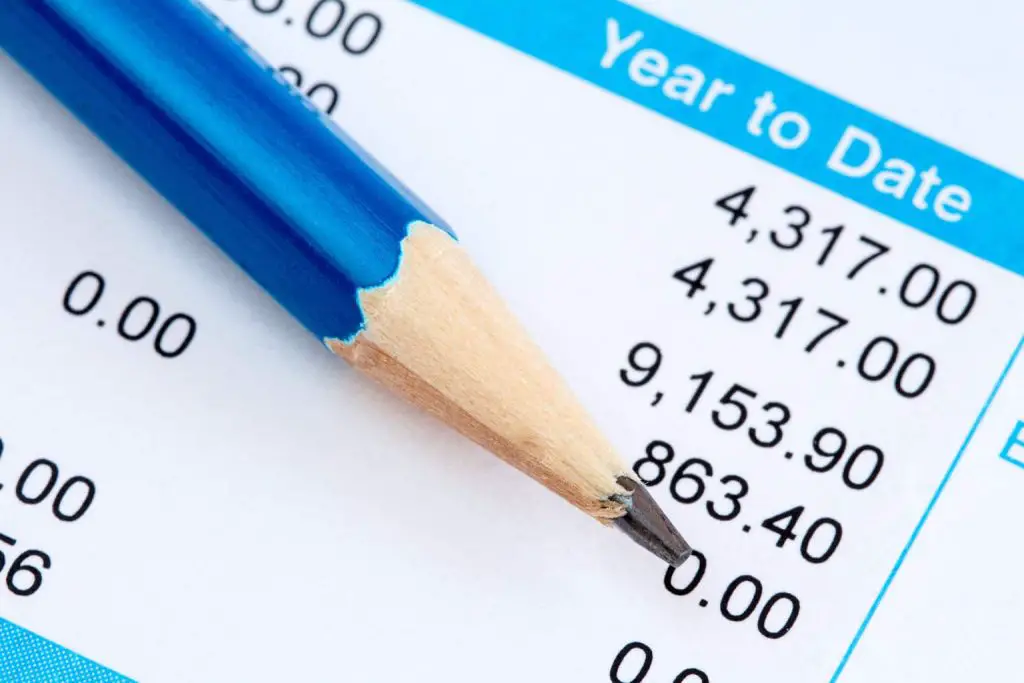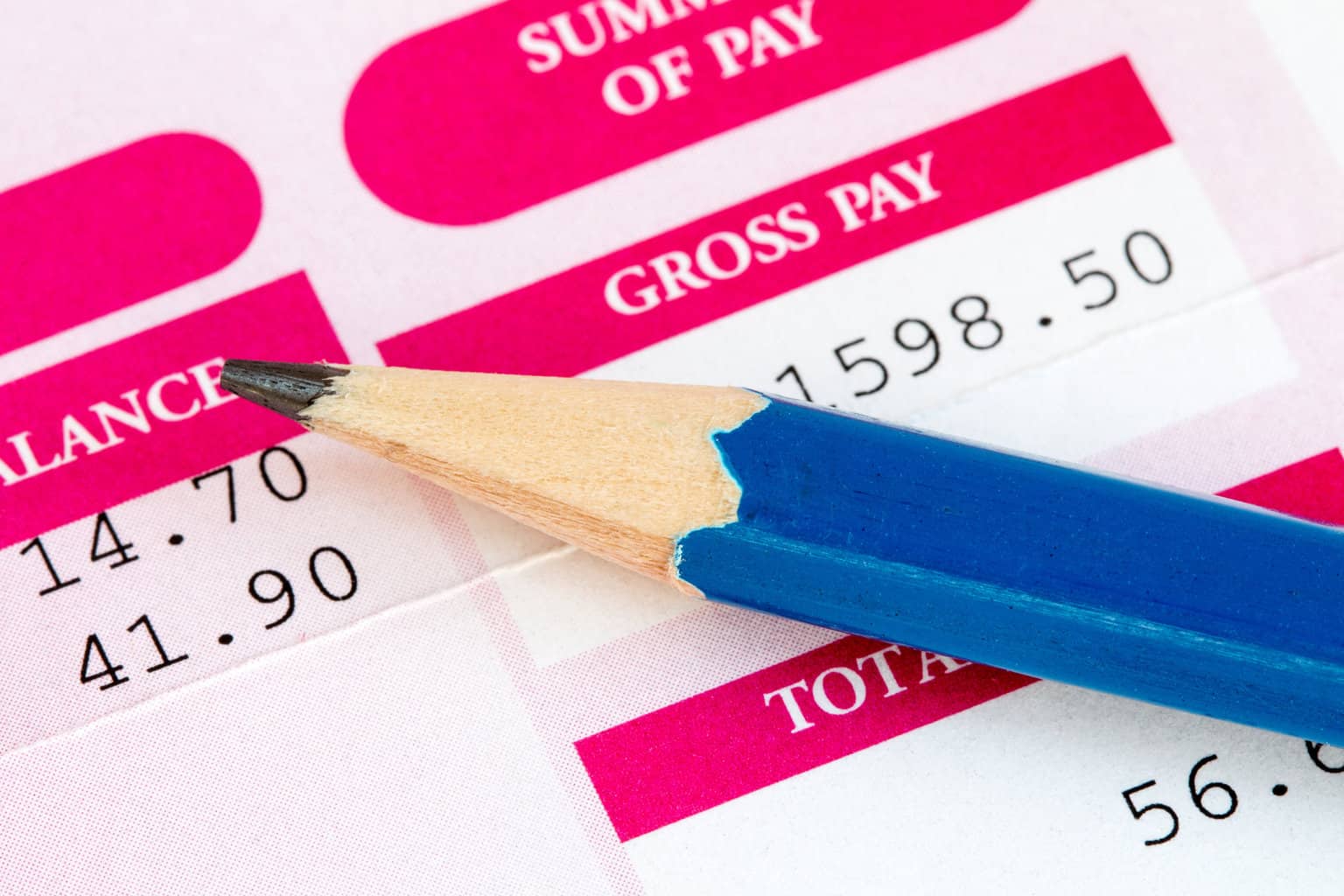Being offered a salary paying job can be an exciting time, but what is that amount to be per hour?
To convert a salary wage to an hourly rate, apply the following calculation: divide the annual salary amount by 52.18 and then further divide that number by 38 hours per week. The final number is your hourly rate.
For example, if my annual salary was six figures , say $100,000, the amount I’m likely to be paid per hour would be calculated as:
$100,000 ÷ 52.18 = $1,916.44
$1,916.44 ÷ 38 = $50.4326Therefore, with a $100,000 gross annual salary wage, I would be paid $50.4326 .
Why Divide By 52.18?

The first step in our calculation is to work out how many weeks are in a year . This is the number 52.18.
To obtain that figure, we divide the number of days in a year (365.25), which accounts for leap years, and divide this by the number of days in a week (7):
365.25 ÷ 7 = 52.178571429When this number is rounded to 2 decimal places the figure becomes the mysterious 52.18 number, and when our annual salary is divided by this number we have our weekly rate .
In some Modern Awards this number can generally be seen in the Minimum Wages section with the following note:
1 The annual salary will be determined by multiplying the weekly rate by 52.18 and rounding to the nearest dollar amount.
Some Modern Awards
Why Divide By 38?
The second divisor in our initial calculation above, divided again by 38. What does this number represent?
This number is the number of full-time hours in a standard working week for your profession. It’s also considered to be the standard number of paid full-time hours for staff working in Australia, according to the Fair Work Act 2009 (s.62) .
By dividing our weekly rate by this number (38 hours per week) I then can calculate what amount I receive per hour.
Why Am I Being Paid Less Than This Rate?

If you’re being paid less than the calculated rate above, then there are a few things you should check before raising any concerns with your employer.
First, check you actually have the annual salary wage amount correct.
Was the annual salary you were given before superannuation, or after superannuation?
If you’re finding that the rate calculated above is around 10% less than what you are getting, perhaps your employer quoted superannuation within your annual salary figure.
If it was clear your annual salary was exclusive of superannuation, then you will want to check if your salary package included allowances. Have a look at your payslip and see if there is listed any allowances, perhaps these allowances were included in the salary package.
If it was clear your annual salary was exclusive of allowances, then check if there have been any salary sacrifice deductions applied to your salary. Some employers may include the ability to salary package, but these benefits might not form your overall salary package, and therefore may reduce your overall annual salary amount.
If all of these elements have been considered when comparing the calculated rate above and the rate you are being paid, then a polite email asking for how your rate is calculated to your employer’s payroll would help to see how they go about calculating your hourly rate.
Sometimes payroll do get calculations incorrect, but any mistake should be rectified with back-pay if there has been an error.
Why Am I Getting Paid More Than This Rate?

Employers may elect a different way of calculating hourly rates from an annual salary wage figure.
Some employers I have worked with have used 52 weeks in the year as the first divisor, instead of dividing the annual salary rate by the precise 52.18.
Even with this one slight change, our hourly rate will be slightly different, as calculated here using the running example I mentioned previously (an annual salary of $100,000):
$100,000 ÷ 52 = $1,923.08
$1,923.08 ÷ 38 = $50.6074Compared to the previous rate of $50.4326 you would be getting an additional 17 cents per hour more using the flat 52-week method, or an additional 0.3466% per year.
One other reason could be the standard full-time hours in a working week are not 38. One employer I have worked for had 37.5 hours as the full-time working week. This was calculated as the hours from 9am to 5pm (being 8 hours) less the unpaid meal break of half an hour, leaving 7.5 hours worked per day.
9am - 5pm = 8 hours per day
8 hours - 0.5 unpaid meal break = 7.5 hours per day
7.5 hours per day x 5 = 37.5 hours per working weekTherefore, to calculate the total number of hours per working week, we multiply this 7.5 hours per day by 5 days in the working week to get 37.5 hours per week.
Going back to our previous calculations, if we divided the annual salary amount by 52 and then by 37.5, what difference would it make to our final hourly rate?
$100,000 ÷ 52 = $1,923.08
$1,923.08 ÷ 37.5 = $51.2821By working for this employer, the hourly rate has increased by almost 85 cents per hour! Or an increase of 1.68%.
Summary
It’s important to check your payslip to verify you’re being paid correctly per hour. By dividing your annual salary wage by the number of weeks per year (52.18) and then by the number of full-time working hours in a standard working week (38) you can work out what you should be paid per hour.
Your hourly rate should never go down being employed by the same employer. If you find your hourly rate has decreased in a subsequent year, then you need to ask your payroll department why there has been a decrease in your hourly rate .

